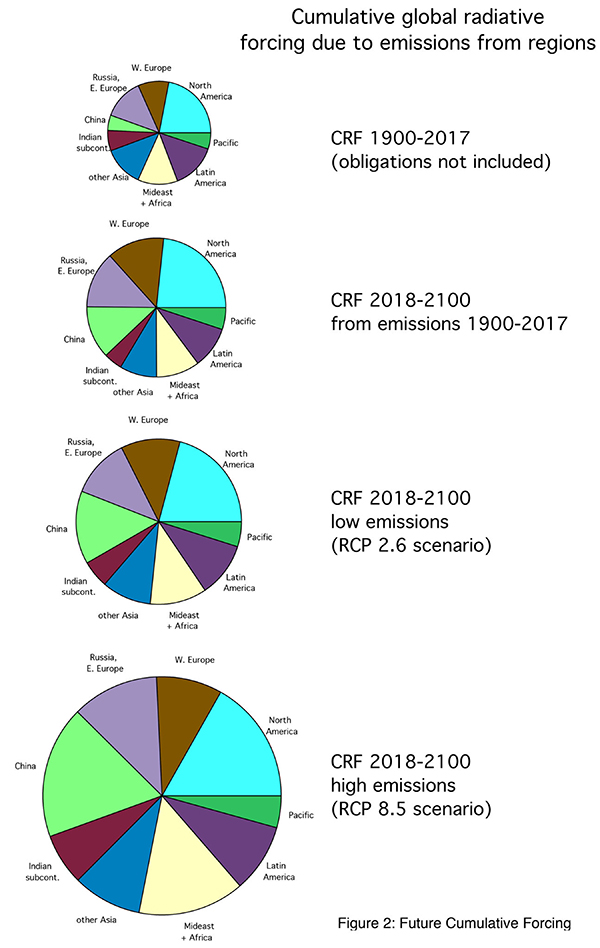Prof. Ravishankara takes the long view on climate change
The science is clear that human activities over the last century have contributed to greenhouse-like warming of the Earth’s surface. Much of the global conversation around climate change fixates on what individual countries or regions are contributing to the problem, and what they will do (or not do) to reverse the tide.
But Colorado State University’s A.R. Ravishankara, University Distinguished Professor who holds joint appointments in the departments of chemistry and atmospheric science, says the full picture is longer and more complex than meets the eye. It involves a legacy of past actions, as well as irreversible commitments for the future.
Ravishankara and co-author Daniel Murphy of the National Oceanic and Atmospheric Administration offer a new calculation that provides the long view of what nine different world regions have contributed to climate change since 1900. They also show how that breakdown will likely look by 2100 under various emission scenarios. Their study is in Proceedings of the National Academy of Sciences, Dec. 17.
Read the full Source article, “The full story on climate change requires the long view.”
Above: The pie charts show relative contributions to global warming divided into regions of the world. The enlargements represent the growth of overall cumulative global radiative forcing. CRF is cumulative radiative forcing. RCP is representative concentration pathway, or a modeled emissions scenario based on prior inputs. RCP 2.6 is roughly what was agreed upon during the 2015 Intercontinental Panel on Climate Change, the “Paris Agreement,” in which nations collectively agreed to limit global warming to 1.5 degrees Celsius this century. RCP 8.5 is business as usual, with continued increasing emissions.



